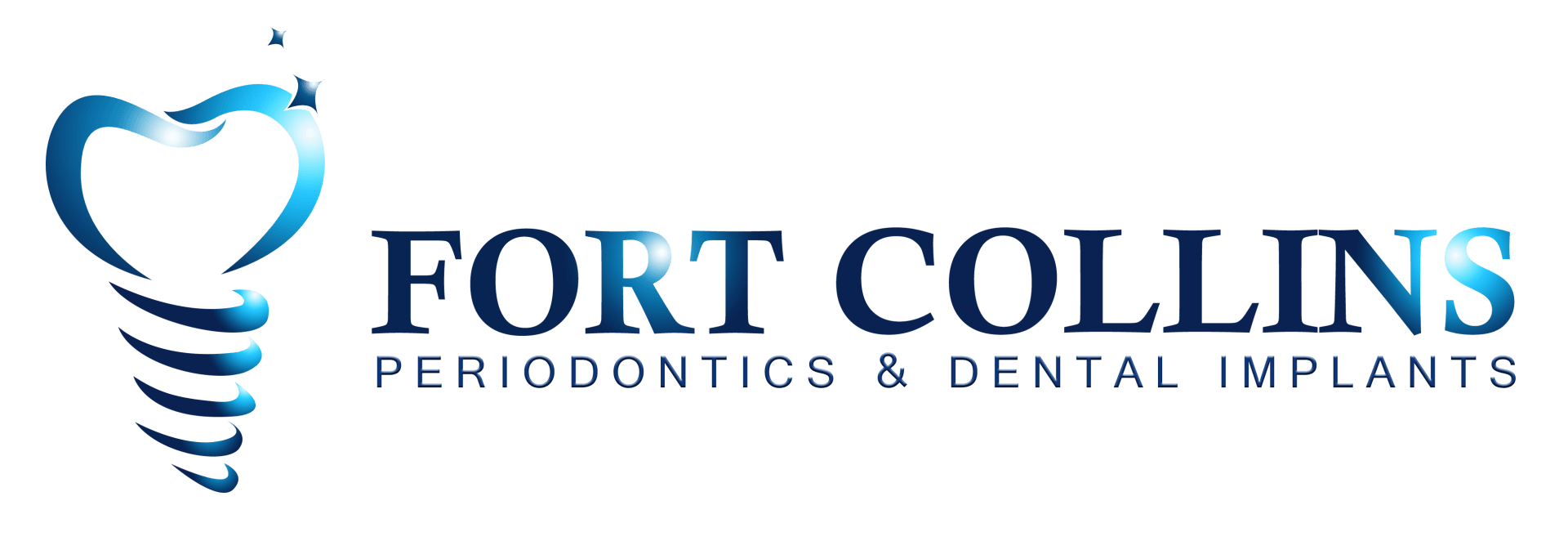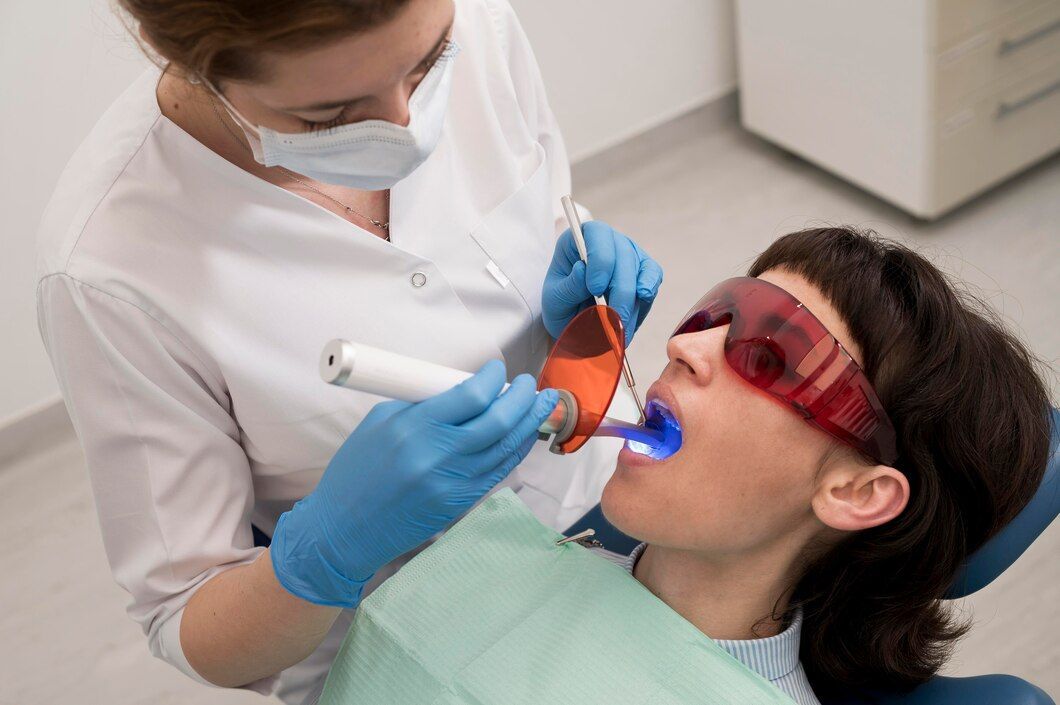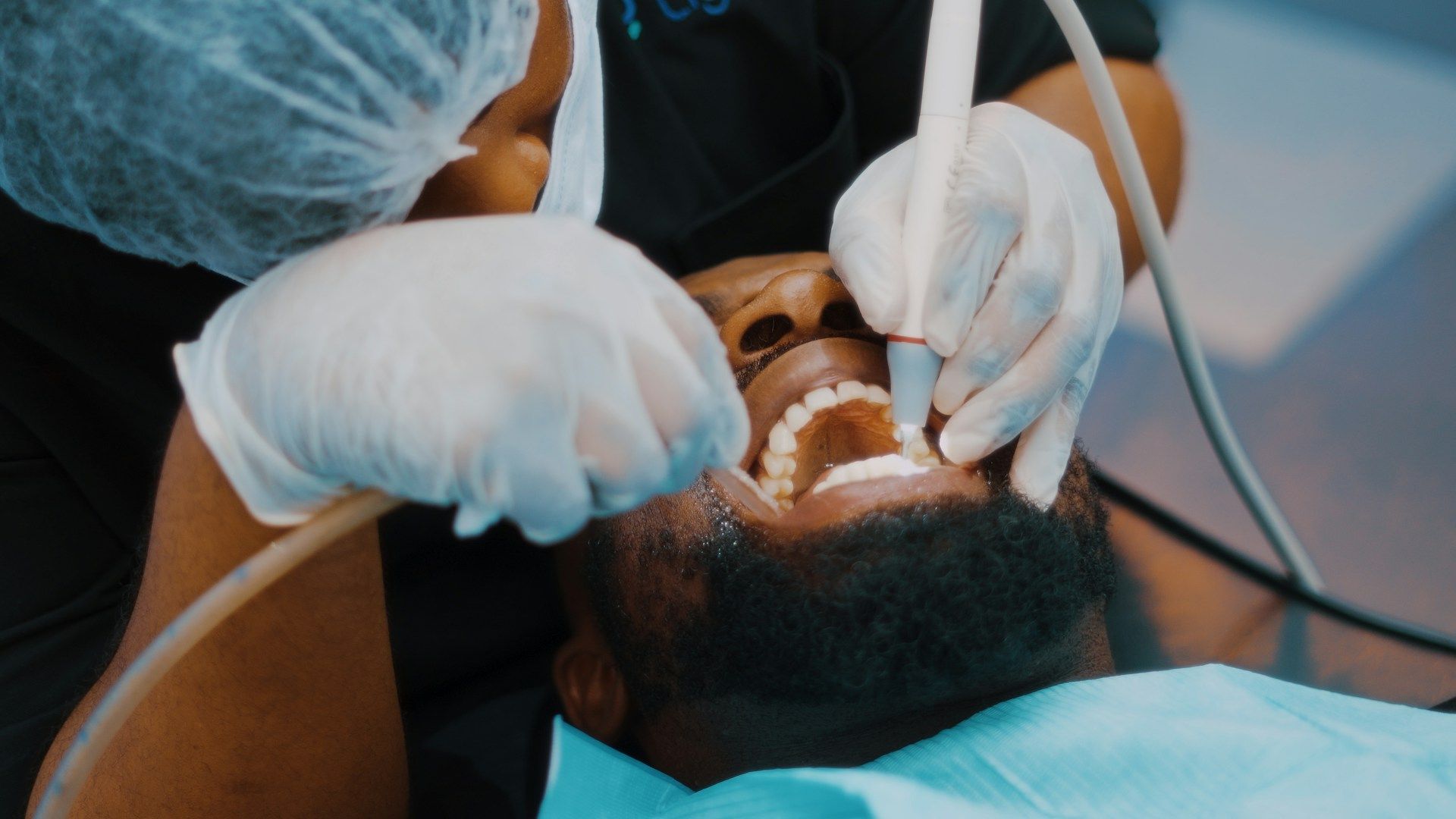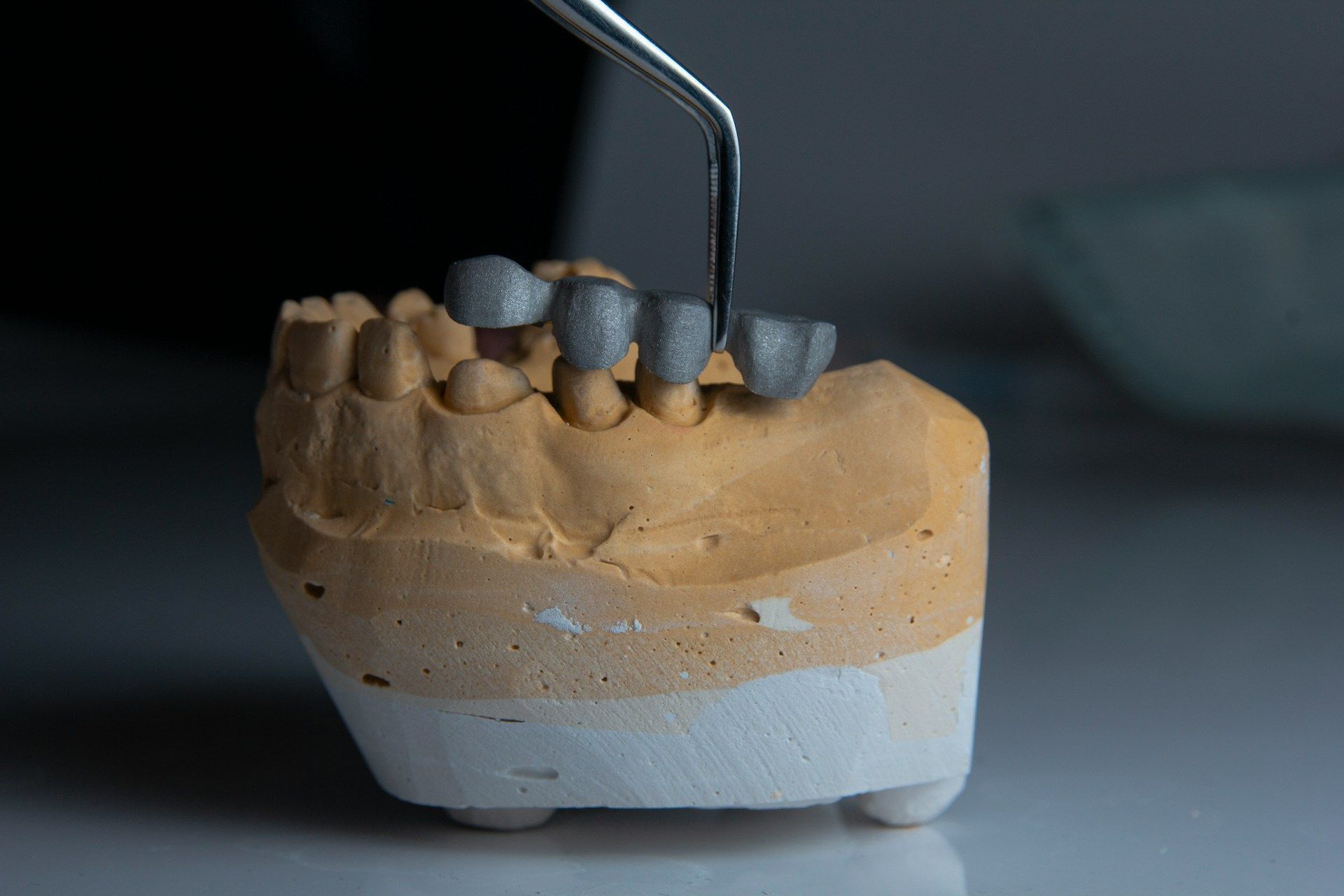Understanding Tissue Grafting: A Complete Guide to Restoring Receded Gums
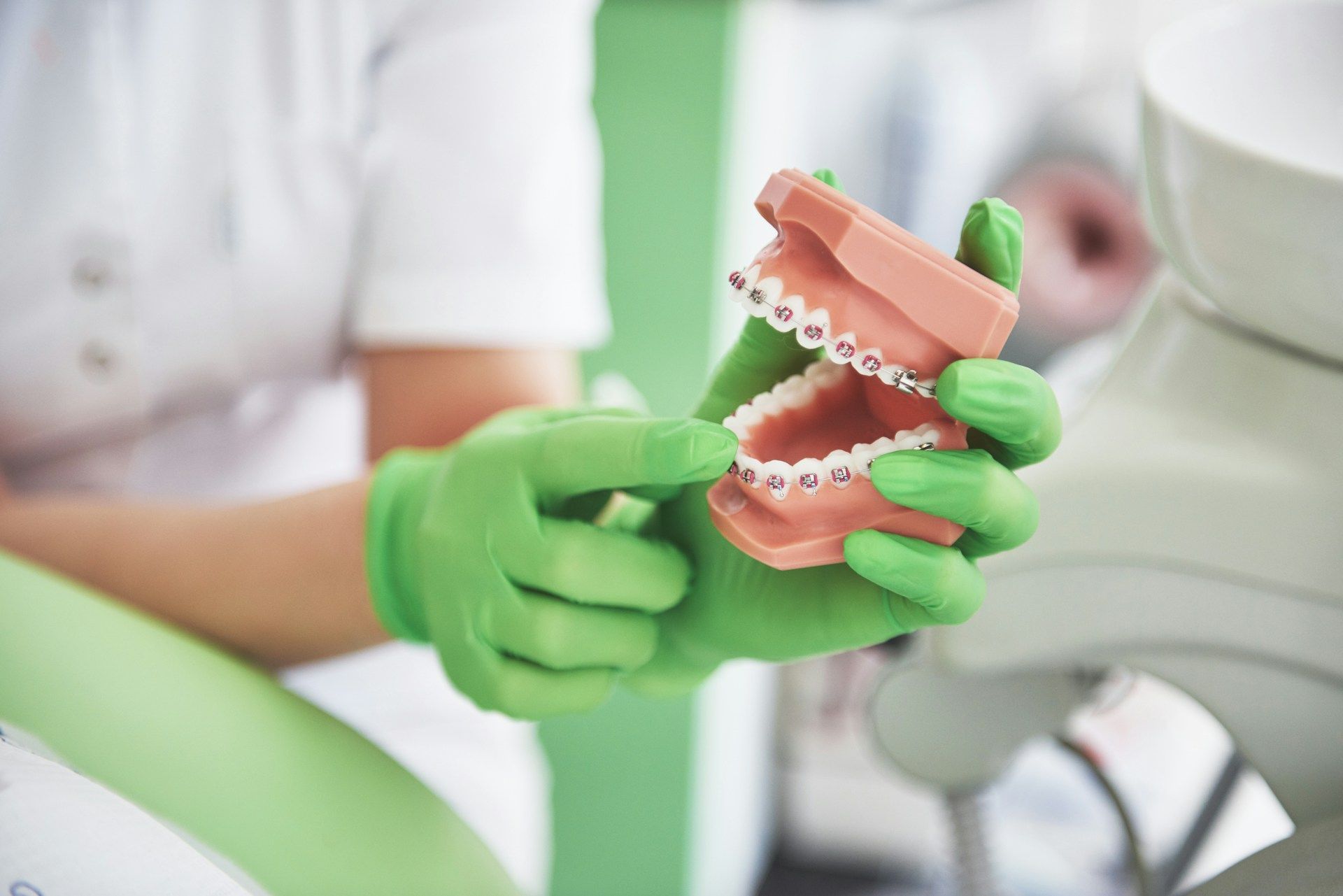
Gum recession is a prevalent issue that can negatively impact both your oral health and the appearance of your smile. It occurs when the gum tissue surrounding your teeth begins to wear away, resulting in the exposure of your tooth roots. Factors like aggressive brushing, genetic predisposition, periodontal disease, and teeth grinding can all contribute to gum recession. At Fort Collins Periodontics and Dental Implants, Dr. Livingston specializes in advanced periodontal care, including tissue grafting, to restore receded gums, protect your teeth, and enhance your smile.
Tissue grafting, also known as gum grafting, is a surgical procedure that aims to treat gum recession by adding healthy gum tissue to the affected area. This process not only improves the appearance of your smile but also provides stability to the teeth and alleviates sensitivity from exposed roots. Additionally, tissue grafting helps protect your teeth from further recession, tooth decay, and potential tooth loss.
In this comprehensive guide, we will delve into the various types of tissue grafts, discuss the steps involved in the grafting procedure, and share essential postoperative care tips for a successful outcome. With Dr. Livingston's expertise and personalized approach, you can be confident that your tissue grafting procedure will be tailored to your specific needs to ensure the best possible results.
Types of Tissue Grafts: Finding the Right Option for You
There are several types of tissue grafts available to address gum recession, each with its own unique approach and advantages. After a thorough assessment of your gum health, Dr. Livingston will recommend the most suitable tissue graft option for your needs. The most common types of tissue grafts include:
1. Connective Tissue Grafts: These grafts involve taking tissue from the roof of your mouth (palate) and placing it under a flap created in the recessed gum area. Connective tissue grafts are the most common type used to treat root exposure and offer excellent results in both function and aesthetics.
2. Free Gingival Grafts:
Similar to connective tissue grafts but without the creation of a flap, these grafts also use tissue from your palate and are directly placed on the affected gum area. Free gingival grafts are typically recommended for patients with thin gum tissue who require additional tissue thickness.
3. Pedicle Grafts: In this procedure, gum tissue is taken from adjacent areas and repositioned to cover the exposed root. Pedicle grafts are an excellent option for those with sufficient gum tissue near the treatment site, ensuring a natural appearance and seamless integration.
The Tissue Grafting Procedure: What to Expect
Dr. Livingston will begin by thoroughly examining your gums and recommending the most appropriate treatment plan based on your unique situation. Before the grafting procedure, a local anesthetic is administered to ensure your comfort throughout the process. The specific steps involved in the tissue grafting procedure will vary depending on the type of graft being performed.
For connective tissue and free gingival grafts, a small section of tissue is removed from the palate and meticulously sutured into the recessed gum area. The donor site is then closed with sutures to promote healing.
In the case of pedicle grafts, an incision is made in the surrounding gum tissue, creating a flap that's carefully moved and secured to cover the exposed tooth root. Finally, the treated areas will be thoroughly cleaned, and sutures will be placed if necessary.
Throughout the process, you can trust Dr. Livingston to apply his expertise and gentle touch, ensuring a smooth and successful tissue grafting experience.
Postoperative Care Tips to Promote Healing and Optimal Results
A successful tissue grafting outcome requires proper aftercare, and Dr. Livingston will provide detailed instructions for you to follow. Here are some essential postoperative care tips to ensure a smooth recovery and encourage the best possible results:
1. Avoid Disturbing the Treatment Site:
Refrain from touching, brushing, or flossing the treated areas during the initial healing phase, typically one to two weeks. Doing so could dislodge the graft or disrupt the sutures.
2. Manage Swelling and Discomfort:
Apply an ice pack to your face near the treatment area in intervals of 20 minutes on and off to minimize swelling. Over-the-counter pain relievers can be used as needed to control discomfort, as recommended by Dr. Livingston.
3. Consume a Soft Diet:
Stick to a soft diet for the first week or two following the procedure, avoiding hard, crunchy foods or anything that may irritate or damage the graft site.
4. Practice Gentle Oral Hygiene:
Once cleared for regular oral hygiene, be gentle when brushing and flossing, taking care not to cause injury to the newly grafted tissue.
5. Attend Follow-up Visits: Your follow-up appointments with Dr. Livingston allow for monitoring of the healing progress and early detection of any potential complications.
Long-Term Benefits of Tissue Grafting
Tissue grafting provides multiple long-term benefits for both your oral health and the appearance of your smile, such as:
1. Reduced Sensitivity:
By covering exposed tooth roots, tissue grafting can significantly alleviate the sensitivity to hot and cold temperatures that often accompany gum recession.
2. Improved Aesthetics:
Addressing gum recession and reshaping the gumline can result in a more balanced and beautiful smile, enhancing your self-confidence.
3. Protection from Further Recession:
Tissue grafting can play an essential role in safeguarding your teeth from additional gum recession, helping prevent further oral health complications.
4. Better Oral Hygiene: A healthy, well-contoured gumline can make practicing proper oral hygiene easier, reducing the risk of dental issues in the future.
Experience the Benefits of Tissue Grafting with the Experts
If you're experiencing gum recession and searching for a solution to enhance your oral health, look no further than Dr. Livingston from the Fort Collins Periodontics and Dental Implants. As a trusted periodontal expert, Dr. Livingston can provide personalized care and guidance, ensuring that your tissue grafting procedure is tailored to your unique needs.
Don't put off addressing your gum recession any longer. Reach out to Dr. Livingston today to schedule a consultation and discover how
soft tissue grafting can help revitalize your smile and boost your overall oral health.

Working Hours
Tue - Thu: 8:00 am - 5:00 pm
Friday: 8:00 am - 2:00 pm
Sat - Sun: Closed
Monday: Closed
